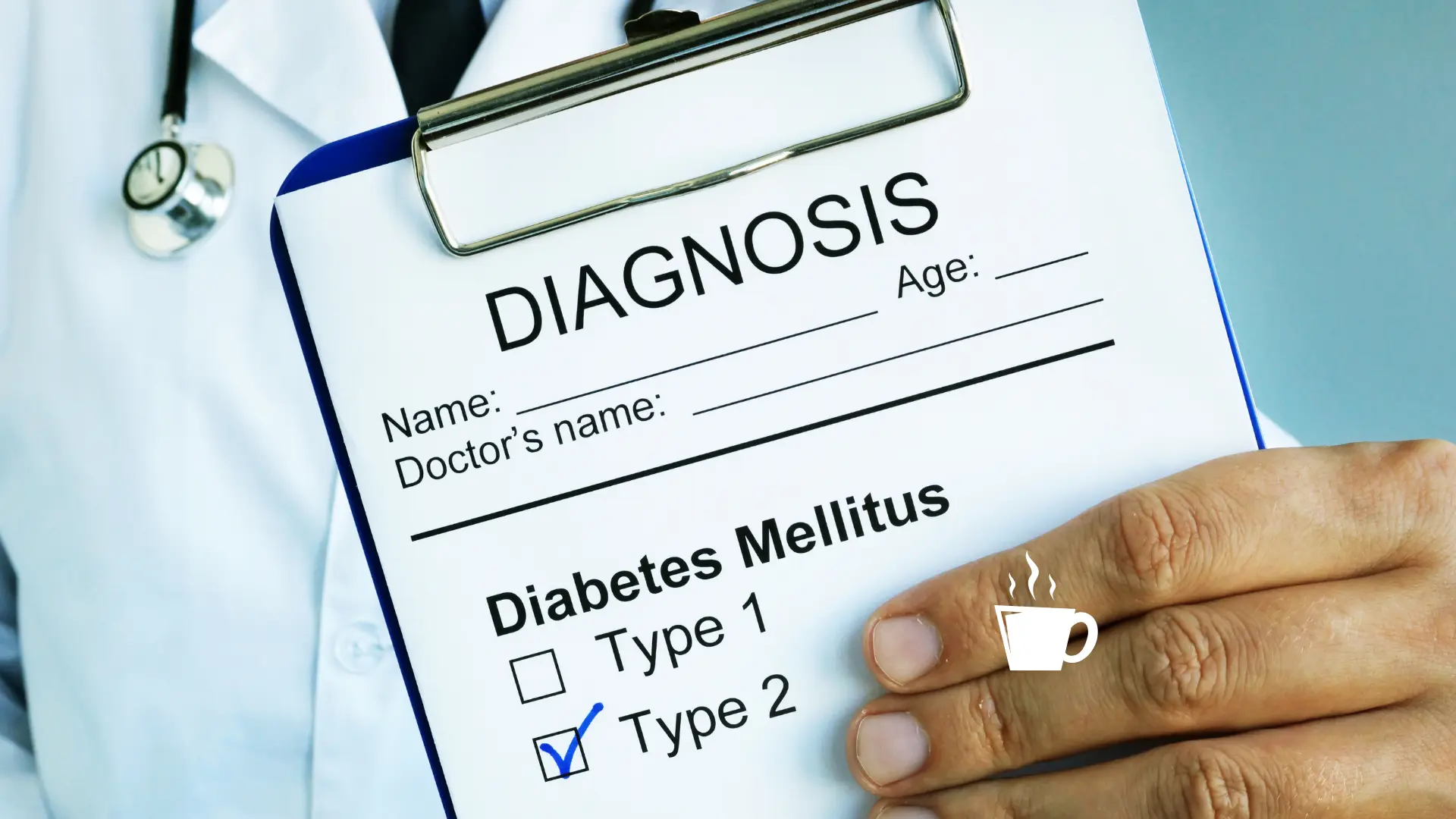1) Type 1 Diabetes
Type 1 diabetes is an autoimmune form of diabetes, meaning the immune system attacks and destroys insulin-producing cells in the pancreas. This results in the body’s inability to produce enough insulin to regulate blood glucose levels. It is usually diagnosed in children and young adults, although it can occur at any age.
Symptoms of type 1 diabetes include increased thirst, frequent urination, extreme hunger, unexplained weight loss, fatigue, and blurred vision. The main treatment for type 1 diabetes is the administration of insulin through injections or insulin pumps. People with type 1 diabetes need to regularly monitor their blood glucose levels and adjust insulin doses as needed.
2) Type 2 Diabetes
Type 2 diabetes is the most common form of diabetes, accounting for about 90% to 95% of all cases. In this condition, the body still produces insulin, but cells are resistant to its effects, resulting in high blood glucose levels. Risk factors for type 2 diabetes include overweight, lack of physical activity, older age, family history of the disease, and certain ethnic groups.
Symptoms of type 2 diabetes can be similar to type 1 but are often more subtle and may develop over time. Treatment for type 2 diabetes may include changes in diet and lifestyle, oral medications, insulin injections, and regular monitoring of blood glucose levels.
3) Gestational Diabetes
Gestational diabetes is a form of diabetes that develops during pregnancy. It is caused by hormones produced by the placenta that interfere with insulin’s ability to regulate blood sugar. Gestational diabetes can increase the risk of complications for both the mother and the baby during pregnancy and childbirth, as well as increase the risk of developing type 2 diabetes in the future.
Pregnant women are often screened for gestational diabetes between weeks 24 and 28 of pregnancy. Treatment may include monitoring blood glucose levels, dietary changes, and, in some cases, medication. After childbirth, blood glucose levels usually return to normal, but women who have had gestational diabetes have an increased risk of developing type 2 diabetes later in life.
4) Other Types of Diabetes
In addition to the main types of diabetes mentioned above, there are other less common types, including:
4.1) LADA (Latent Autoimmune Diabetes in Adults): Similar to type 1 diabetes but with a slower onset and usually diagnosed in adults.
4.2) MODY (Maturity-Onset Diabetes of the Young): A hereditary form of diabetes that typically develops before age 25 and is caused by genetic mutations.
4.3) Secondary Diabetes: Diabetes that occurs as a result of another medical condition, such as pancreatitis, Cushing’s syndrome, or the use of certain medications.
5) Conclusion
Diabetes is a serious condition that requires proper care and management to avoid serious health complications. Understanding the different types of diabetes is crucial for accurate diagnosis and effective treatment planning. If you suspect you may have diabetes or are at risk, it is important to consult a doctor for proper evaluation and guidance. With proper treatment, many people with diabetes can lead healthy and active lives.
Understanding the diversity of diabetes types is essential for effective management and prevention of complications. Consultation with healthcare professionals for personalized care is key in navigating this complex condition.
